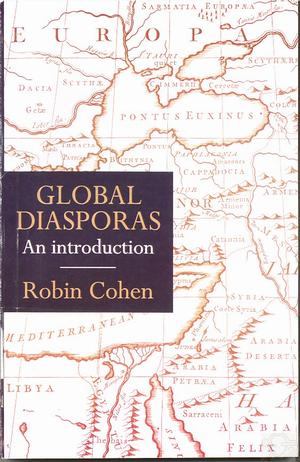Global Diasporas An Introduction
İÇİNDEKİLERContents Acknowledgements List of tables Introduction 1 Classical notions of diaspora: transcending the Jewish tradition "Babylon" as the site of oppression "Babylon" as the site of creativity The Jewish diaspora and Christianity The Jewish diaspora and Islam Ashkenazi fates Inferences from the Jewish diasporic tradition Conclusion 2 Victim diasporas: Africans and Armenians Origins of the African diaspora The African diaspora: homeland and return Other aspects of the African diaspora The creation of the Armenian diaspora After the massacres: Armenians at home and abroad Soviet Armenia and after Conclusion 3 Labour and imperial diasporas: Indians and British A new system of slavery? The songs of Ramayana and political outcomes Imperial diasporasThe settlement of the British empire The end of the dominion diaspora Conclusion 4 Trade diasporas: Chinese and Lebanese The making of the Chinese diaspora The Chinese as minorities The great Lebanese emigration The Lebanese diaspora: butterflies and caterpillars Conclusion: ethnic entrepreneurs and trade diasporas 5 Diasporas and their homelands: Sikhs and Zionists The origins of the Sikh diaspora Sikhs: the lure of homeland Can Israel be a "normal" state? Israel and the diaspora Conclusion 6 Cultural diasporas: the Caribbean case Postmodern views of diaspora Travelling cultures, travelling nations The Caribbean: migration and diaspora Caribbean peoples as a cultural diaspora Conclusion 7 Diasporas in the age of globalization Relevant aspects of globalization A world economy International migration Global cities Cosmopolitanism and localism Deterritorialized social identities Conclusion 8 Conclusion: diasporas, their types and their future Comparing diasporas Cognate phenomena Negative reactions to the growth of diasporas Final remarks Notes References Index NOTLARISBN 1-85728-208-6   |



